In the rich tapestry of American electoral history, presidential races have witnessed both landslide victories and nail-biting finishes. While some commanders-in-chief ascended to power with resounding mandates, others navigated the complex landscape of U.S. politics with less than 50% of the popular vote. Let’s delve into the annals of history to explore 10 U.S. Presidents who secured their positions despite not garnering a majority of the votes.
1. John Quincy Adams (1824)
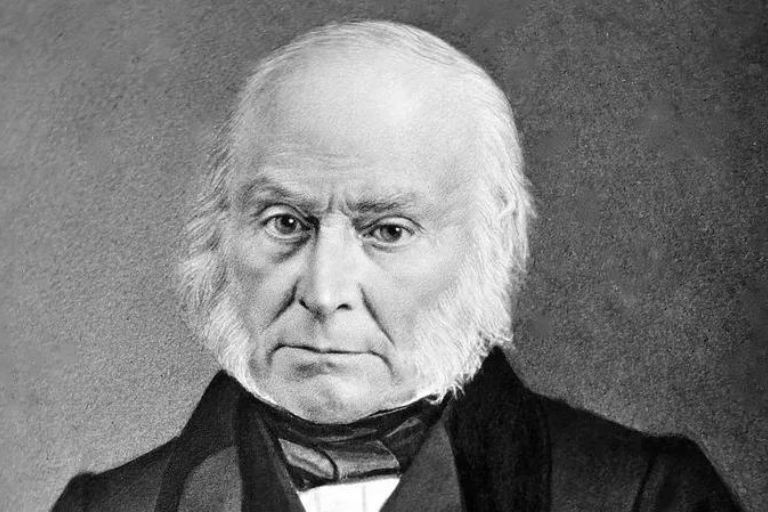
The election of 1824 saw a crowded field, resulting in a fractured vote. John Quincy Adams emerged victorious with just over 30% of the popular vote, thanks to the House of Representatives, which ultimately decided the outcome.
2. Abraham Lincoln (1860)
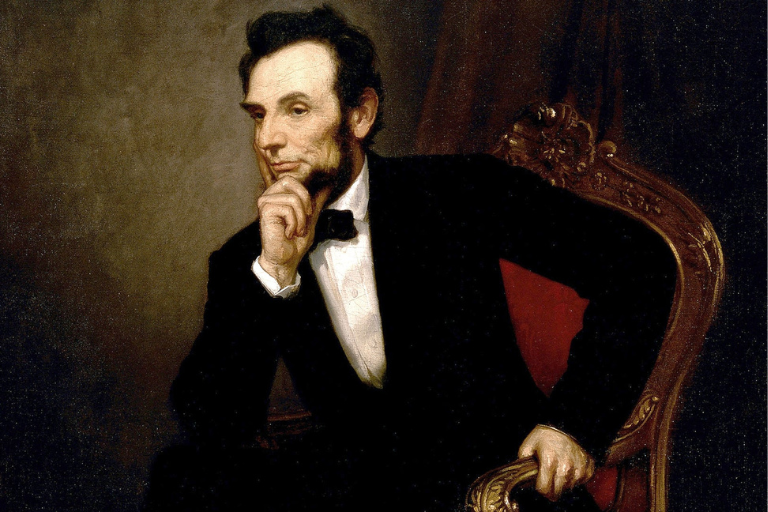
In a four-way race during the tumultuous period leading to the Civil War, Abraham Lincoln clinched victory with around 39.8% of the vote. His election marked a pivotal moment in American history.
3. Woodrow Wilson (1912)
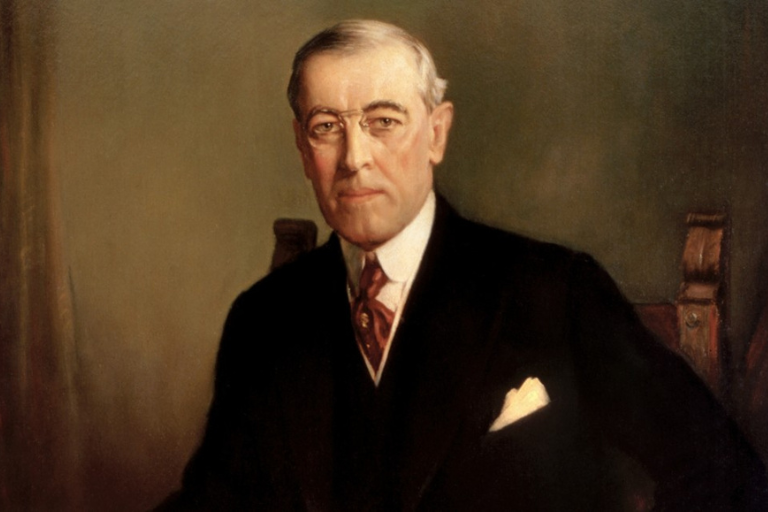
The 1912 election showcased the power of a divided opposition. Woodrow Wilson secured the presidency with approximately 41.8% of the popular vote, as the Republican vote split between William Howard Taft and Theodore Roosevelt.
4. Harry S. Truman (1948)
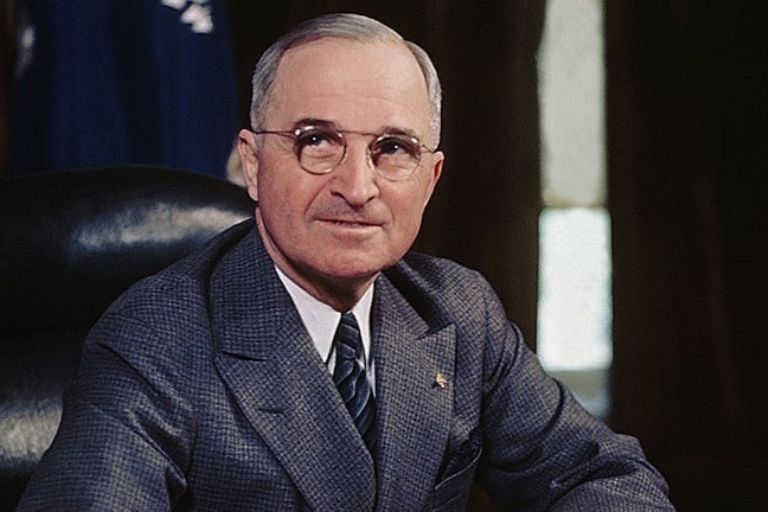
Facing a challenging re-election bid, Truman triumphed with roughly 49.6% of the vote in a four-way contest. His win defied poll predictions and remains a legendary comeback in U.S. political lore.
5. John F. Kennedy (1960)
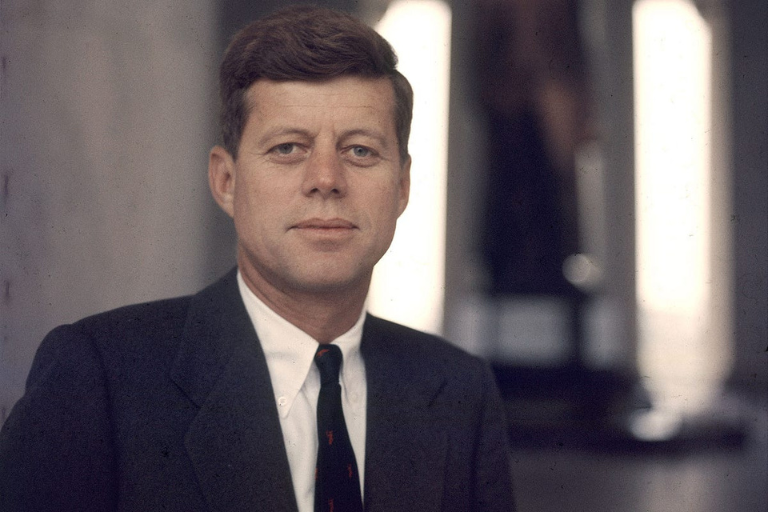
In a closely contested battle against Richard Nixon, Kennedy won with approximately 49.7% of the vote. The televised debates and Kennedy’s charisma played pivotal roles in his narrow victory.
6. Richard Nixon (1968)
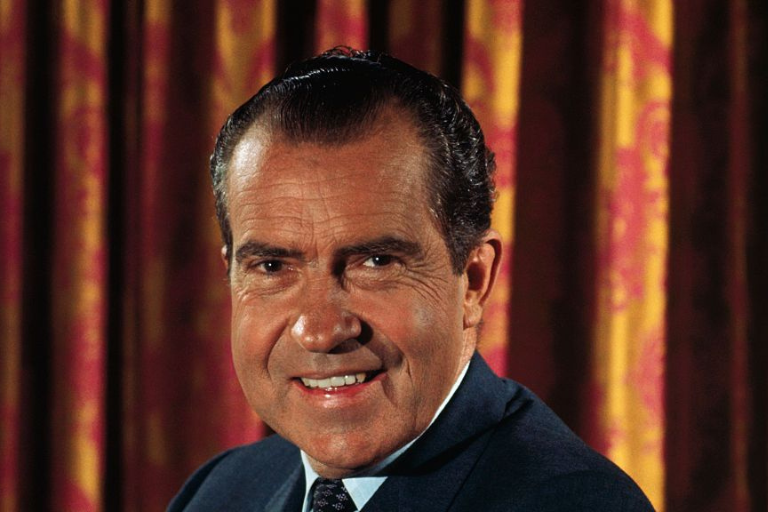
Nixon’s comeback in 1968 was notable, but he secured the presidency with just 43.4% of the popular vote. The third-party candidacy of George Wallace further fragmented the electorate.
7. Bill Clinton (1992)
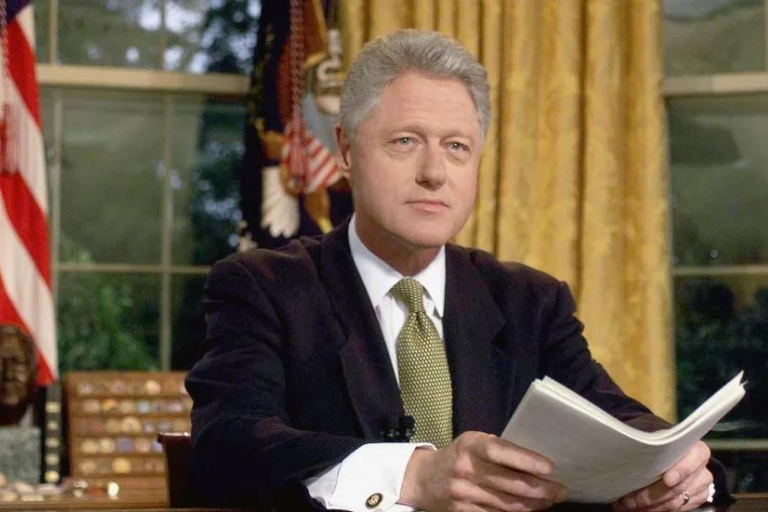
The 1992 election showcased the impact of third-party candidates. Bill Clinton won with around 43% of the vote, while Ross Perot’s candidacy siphoned off a significant portion of the electorate.
8. George W. Bush (2000)
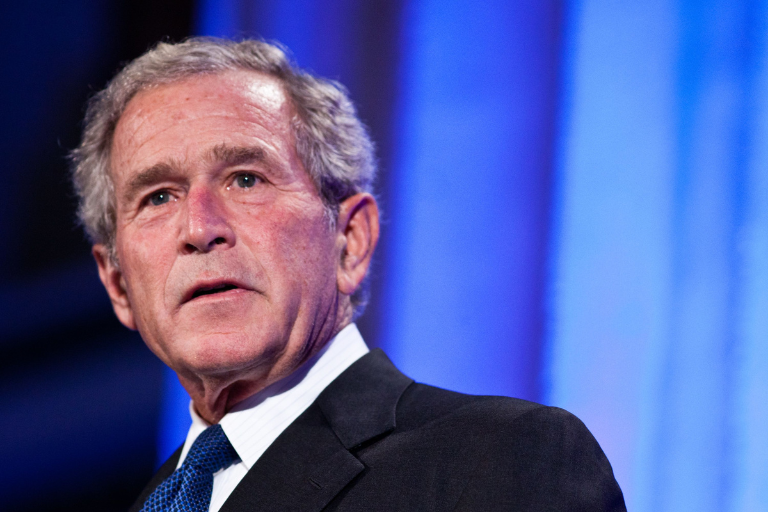
One of the most controversial elections in U.S. history, George W. Bush secured victory with a narrow electoral college win, despite Al Gore winning the popular vote. Bush’s popular vote share stood at around 47.9%.
9. Barack Obama (2012)
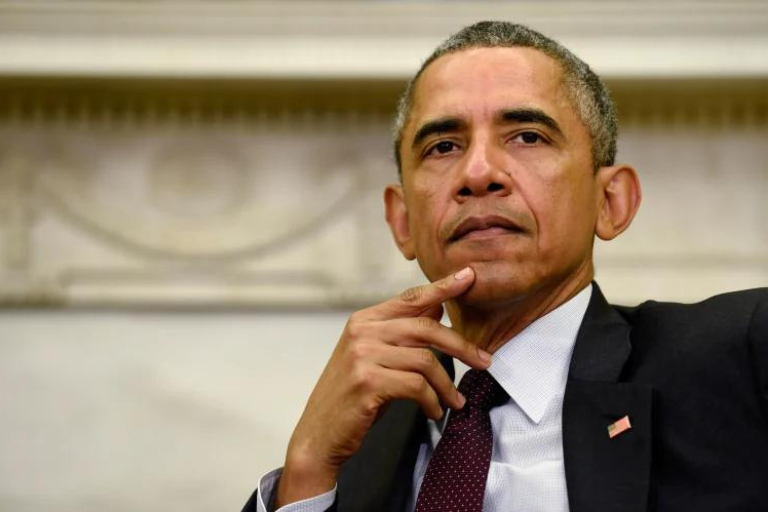
While Barack Obama enjoyed a decisive victory in 2008, his re-election bid in 2012 saw him securing around 51.1% of the vote. Although a majority, it’s interesting to note that it was still less than his initial triumph.
10. Donald Trump (2016)
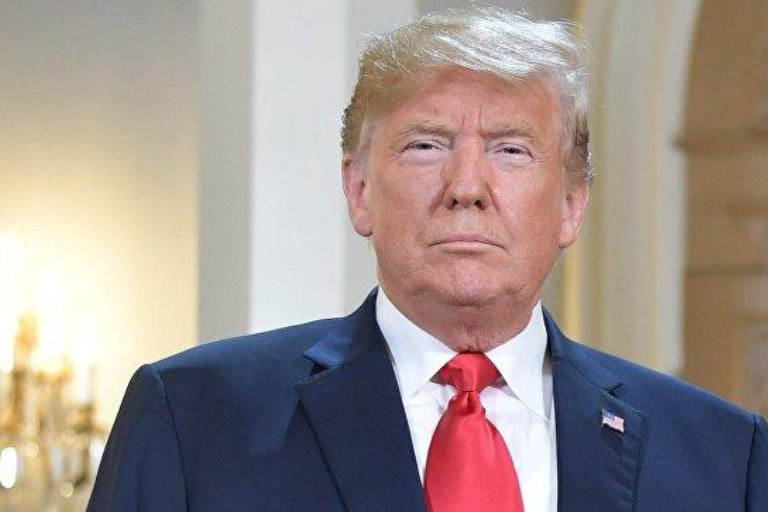
In a surprise upset, Donald Trump won the presidency with roughly 46.1% of the vote in 2016. His victory highlighted the importance of the electoral college system and regional voting patterns.



GIPHY App Key not set. Please check settings